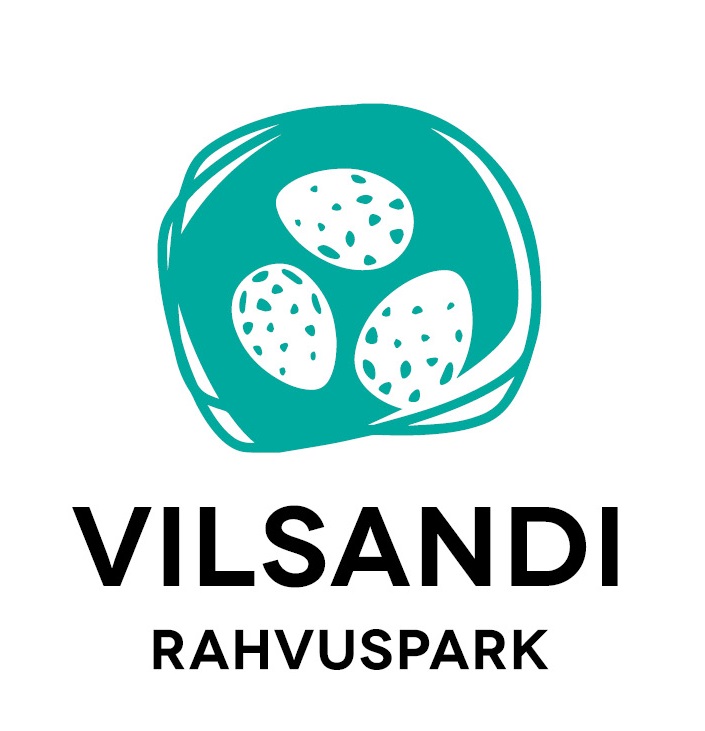
About National Park
- Vilsandi National Park got its start in 1910 when Vaika Bird Sanctuary was established. In 1993, the enlarged sanctuary was renamed a national park.
- 2/3 of the surface area is covered with water, making it the most maritime national park in Estonia.
- The westernmost point in Estonia – Nootamaa Island – is located in the national park.
- The symbol of the park is the common eider (Somateria mollissima).
- The Steller’s eider (Polysticta stelleri), a bird species considered endangered in the whole world, hibernates on the territory of the national park.
- The largest rookeries of the biggest grey seals of Estonia are located in the park and 32 types of orchids grow here.
- Windmills, lighthouses, villages with dispersed settlement, and stone fences give the landscape of the park its distinguished look.
- Vilsandi National Park belongs to the cross-European Natura 2000 network as an area of conservation and bird hosting, the Ramsar wetlands and the West Estonian archipelago biosphere reserve (UNESCO).
- The manager of Vilsandi National Park is the Environmental Board.

Soeginina Cliff. Photo: Allar Liiv